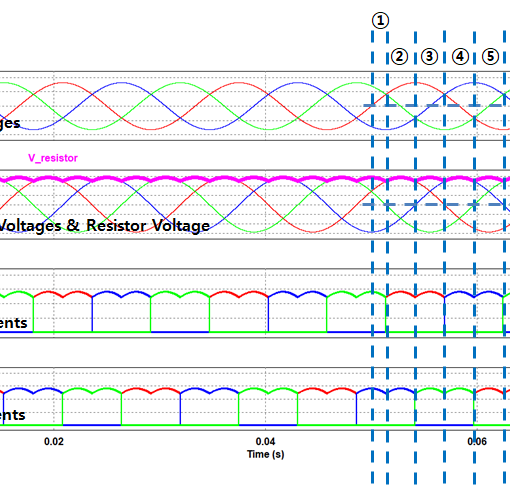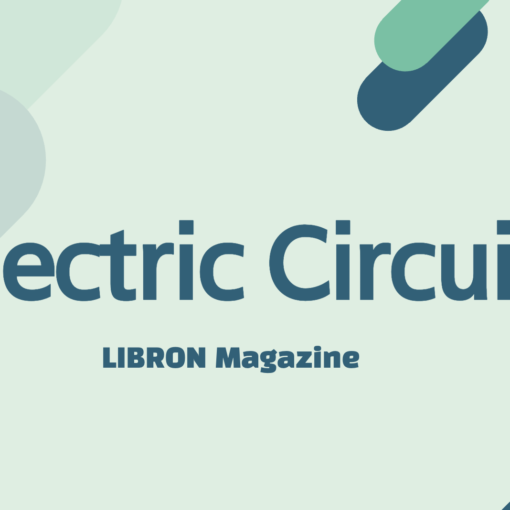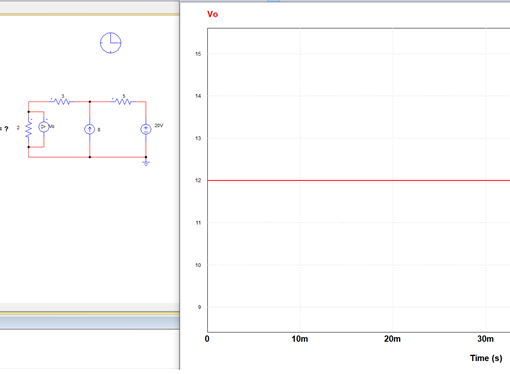“What is the pf (power factor)?” Someone asked you.
What was your answer?
Did you say that power factor is the difference of phase between voltage and current?
That is not proper answer. Even, you can be wrong. The circuit has to be considered.
1.What is Power Factor?
Firstly, we’d better check the definition of it.
In electrical engineering, the power factor of an AC power system is defined as the ratio of the real power absorbed by the load to the apparent power flowing in the circuit, and is a dimensionless number in the closed interval of −1 to 1.
from wikipedia
A power factor of less than one indicates the voltage and current are not in phase, reducing the average product of the two. Real power is the instantaneous product of voltage and current and represents the capacity of the electricity for performing work. Apparent power is the product of RMS current and voltage. Due to energy stored in the load and returned to the source, or due to a non-linear load that distorts the wave shape of the current drawn from the source, the apparent power may be greater than the real power. A negative power factor occurs when the device (which is normally the load) generates power, which then flows back towards the source.
Simply, Power factor is the ratio of the real power to the apparent power.
Waveform distortion caused by harmonics is included in this calculation.
It can be divided as two types.
① Displacement Power Factor
– The cosine of phase angle between the current and voltage fundamental sine waves. It doesn’t care about harmonics.
② Apparent Power Factor
– power factor = real power / apparent power
If we only consider sinusoidal case which is not distorted (about voltage and current), the results of above are same.
Displacement power factor = Apparent power factor
2.Lagging and leading power factors
Power factor is described as leading if the current waveform is advanced in phase with respect to voltage, or lagging when the current waveform is behind the voltage waveform. A lagging power factor signifies that the load is inductive, as the load will “consume” reactive power. The reactive component Q is positive as reactive power travels through the circuit and is “consumed” by the inductive load. A leading power factor signifies that the load is capacitive, as the load “supplies” reactive power, and therefore the reactive component Q is negative as reactive power is being supplied to the circuit.
from wikipedia
3.When does the phase difference occur between voltage and current?
Where reactive loads are present, such as with capacitors or inductors, energy storage in the loads results in a phase difference between the current and voltage waveforms.



